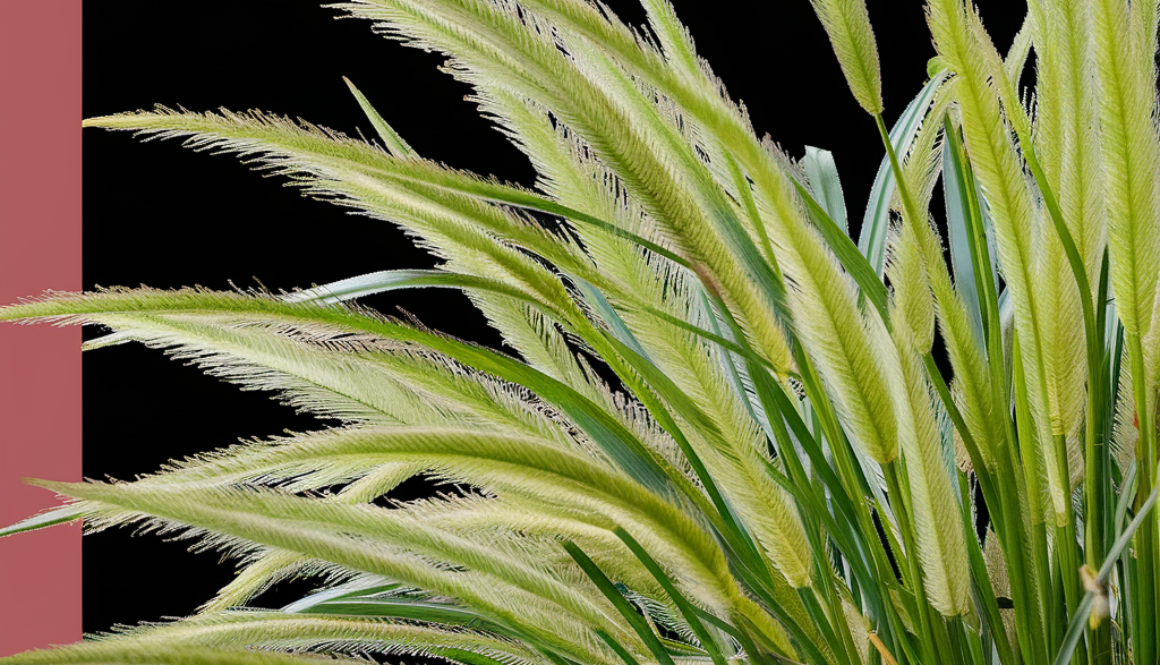Halfa grass
Halfa grass, scientifically known as Desmostachya bipinnata, is a perennial grass native to the arid and semi-arid regions of Africa, the Middle East, and South Asia. Also known as “Dabh” or “Kusha grass,” it holds significant cultural and religious importance in Hindu rituals and is recognized for its resilience and various practical applications.
Part Used: The roots and stems of Halfa grass are primarily used for their medicinal and practical benefits. The whole plant, including its leaves, is often utilized in traditional medicine and for making mats and thatching material due to its fibrous nature.
Usage: Halfa grass has a range of uses in traditional medicine. The roots are often used in Ayurvedic and Unani systems of medicine to treat urinary disorders, kidney stones, and digestive issues. It is also believed to have diuretic, cooling, and antimicrobial properties. The stems and leaves are used to make mats, baskets, and roofing materials due to their durability and strength. Additionally, in Hindu rituals, Halfa grass is considered sacred and is used in various religious ceremonies and offerings.
Agrotechniques: Cultivating Halfa grass requires a dry, warm climate with sandy or loamy soil. It is well-suited for arid regions and can withstand drought conditions. Halfa grass can be propagated through seeds or rhizome division. Planting is typically done at the onset of the rainy season to take advantage of natural moisture. Once established, Halfa grass requires minimal maintenance, making it an ideal crop for regions with low rainfall. Regular weeding is necessary to ensure healthy growth, and occasional watering can help during prolonged dry spells. Harvesting can be done multiple times a year, with the best quality roots and stems collected when the plant is mature.

